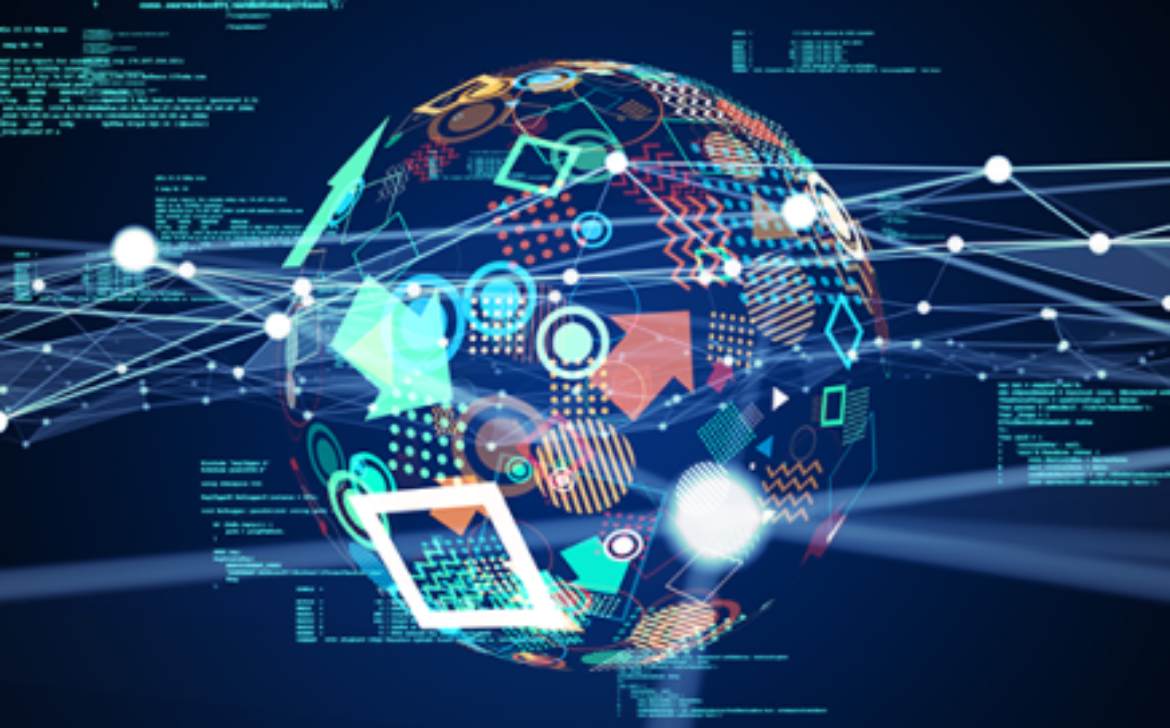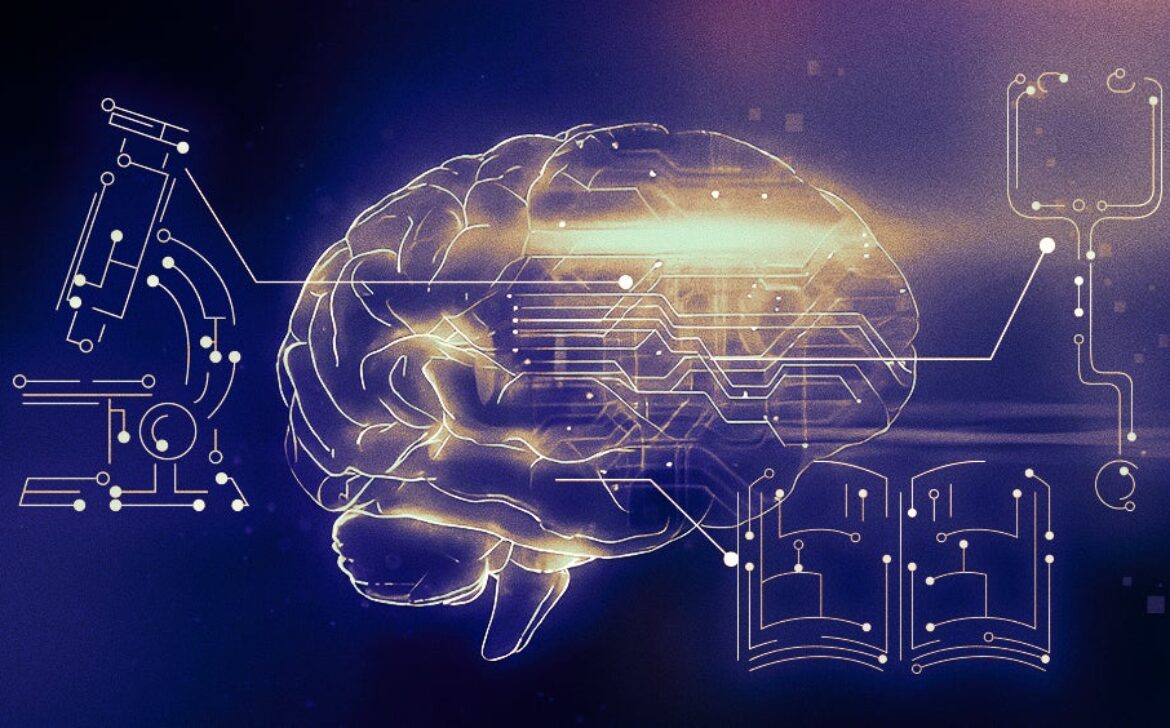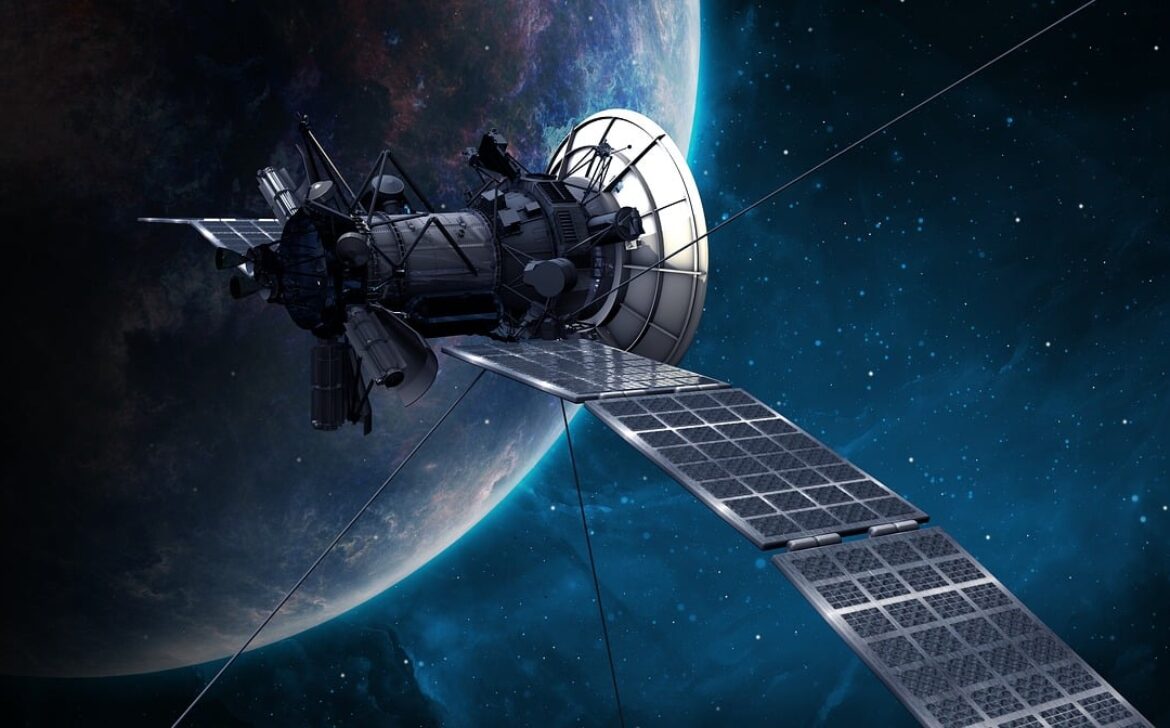Exploring the Potential of Augmented and Virtual Reality (AR/VR)
Introduction
Embark on a journey into the realms of Augmented Reality (AR) and Virtual Reality (VR), transformative technologies shaping industries and human interaction. Explore applications across entertainment, education, healthcare, and more, as AR and VR redefine how we engage with the digital and physical worlds.
The Essence of Augmented Reality and Virtual Reality
Discover how Augmented Reality enhances reality by overlaying digital elements, and how Virtual Reality immerses users in a digital environment. These technologies revolutionize our perception and interaction with the world.
Applications Across Industries
- Entertainment and Gaming: Unveil how AR and VR revolutionize gaming, creating immersive experiences that blur reality and fiction, captivating users.
- Education and Training: Explore how AR and VR facilitate experiential learning, from medical simulations to classroom engagement.
- Healthcare: Learn how AR and VR are transforming healthcare, from surgical planning to patient rehabilitation, by enhancing diagnostics, treatment, and experiences.
- Architecture and Design: Discover how AR visualizes architectural designs and VR offers virtual walkthroughs, shaping the future of design and construction.
- Tourism and Exploration: Understand how AR guides tourists and VR provides virtual travel experiences, expanding exploration horizons.
- Retail and E-Commerce: Learn how AR enhances shopping experiences and VR offers virtual storefronts, redefining retail interactions.
Challenges and Opportunities
- Technical Challenges: Explore the demands of AR and VR technology, including hardware and software complexities that may hinder widespread adoption.
- Content Creation: Understand the need for specialized skills in developing engaging and high-quality AR and VR content.
- Ethical Concerns: Delve into privacy, data security, and addiction concerns raised by the rapid advancement of AR and VR.
- Inclusivity: Explore the challenges of ensuring accessibility and inclusivity for users with disabilities in AR and VR experiences.
Future Prospects
Discover the promising future of AR and VR:
- Enhanced Experiences: Explore the potential for more realistic AR and VR experiences as technology advances.
- Industry Integration: Understand how AR and VR will become integral to industries, transforming learning, work, and interactions.
- Collaboration and Communication: Explore the transformative impact of AR and VR on remote collaboration and communication.
Conclusion
Augmented and Virtual Reality are redefining human experiences and interactions. Their impact on entertainment, education, healthcare, architecture, and beyond is reshaping industries and revolutionizing engagement with our surroundings. This journey into immersive realities is just the beginning, promising a future where digital and physical worlds harmoniously coexist.













